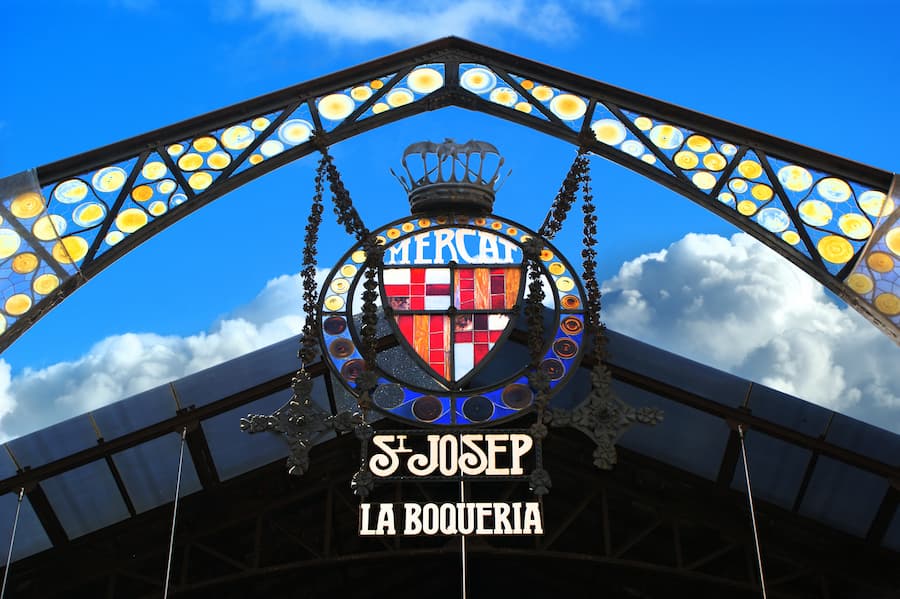
Barcelona is a city with many different markets, both street and municipal.
There are always a lot of people here - after all, these shopping spaces are not only of interest to locals.
Tourists sightseeing in Barcelona are also keen to visit these places, as Spanish markets are like no other!
This place offers fresh produce, local specialities and the opportunity to sample the local cuisine.
Food markets in Barcelona
Let's take a look at Barcelona's main markets, which will be very interesting for everyone to see!
Mercat de Sant Josep de la Boqueria
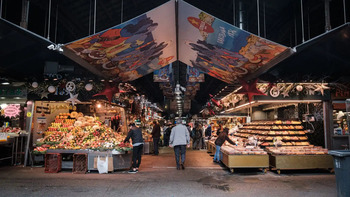
This market is located on Las Ramblas and is considered one of the most famous in Barcelona.
Here you can find fresh fruit, vegetables, seafood, meat and various delicacies.
But we tourists are most interested in the variety of tapas and local delicacies that can be sampled with a cold drink in one of the many cafés inside the building.
Mercat de Sant Antoni
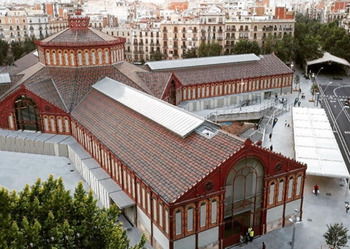
Located in the neighbourhood of the same name, it is an important part of Barcelona.
It is divided into three zones: food, clothing and accessories, and on Sunday there is a book market.
It is a popular place for locals and a centre of cultural life.
The historic market building, designed by Antonio Rovira i Trias in 1882, is known for its iron structure.
During the renovation in 2009, ancient city walls were found underneath the market and are now available for viewing.
After the renovation in 2018, the market retained its historic appearance, gained additional underground floors and was renovated.
Mercat del Ninot
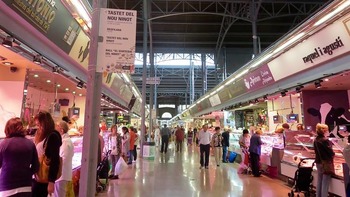
The Ninot Market was founded in 1893, when the area was not yet part of the city.
Originally a street trading area, it was transformed into a covered marketplace designed by architect Antoni de Falguer in 1933.
The market got its name ‘Ninot’ from the tavern with a cabin boy figure on the door.
It has been a favourite shopping destination for locals, offering quality goods for over a century.
In 2015, the building was renovated under the direction of architect Josep Lluís Mateu, during which the facade was updated and energy-saving technologies were implemented, preserving its historical heritage. It is not located in a tourist area, but it is not far from the centre.
Mercat Santa Caterina
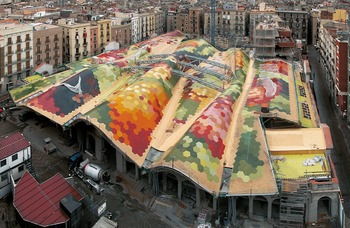
Barcelona's Santa Caterina Market is easily recognisable by its bright, undulating roof, restored in 2005 by architects Enrica Miralles and Benedetta Tagliabue.
The roof, decorated with a mosaic of fruits and vegetables, emphasises the traditional spirit of the market, founded in 1845.
Located on the site of an old convent, the market has become an important shopping centre, attracting shoppers not only from Barcelona but also from neighbouring cities.
Inside, visitors can expect a mix of modernity and tradition with a variety of products, food courts and restaurants. It's a pretty place!
Mercat de Sants
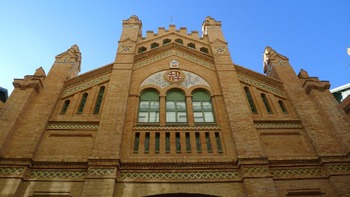
This wonderful indoor market in Barcelona is a masterpiece of modernist architecture, which appeared in the mid-19th century as an open market.
It was first located on Carrer de Sant Crist, then moved to the land of the Salado family, and then settled on the site of a former orchard and was named ‘New Market’.
The market building, designed by architect Falques i Urpi, was opened in 1913.
In 2014, it was renovated, with the addition of warehouses, unloading and waste disposal areas, and a car park for shoppers.
The architecture of the market is striking: a three-section brick building in modernist style with pyramidal facades and decorative columns.
The central part of the facade with three arched windows and a mosaic of the city coat of arms is taller than the rest. The narrow windows with green ceramics and borders are equally attractive.
This place is worth a visit not only for shopping, but also to enjoy the beauty of the building!
Mercat de la Barceloneta
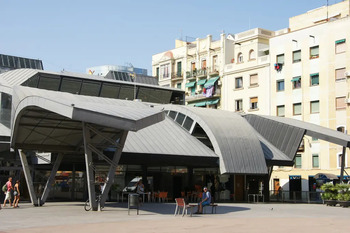
The Barceloneta Market, opened in 1884, supplies the neighbourhood, especially with fish and seafood.
After its renovation in 2007, it has retained its historic atmosphere but has been updated with modern amenities.
Originally a fisherman's market, the Barceloneta district acquired a market at the end of the 19th century when a specialised building replaced the open stalls.
The renovation, led by Josep Mias, preserved the original architecture but added modern elements such as lifts, air conditioning, sewage systems and solar panels.
Barceloneta is actively involved in environmental protection issues, has a waste recycling plan, and has been recognized with an award from the Catalan government.
Mercat de la Concepció

Mercat de la Concepció is a cosy market in Barcelona where you can buy a variety of flowers and seeds for the garden. It also sells fresh produce such as fruit, vegetables, fish, seafood and meat.
This place has a real local atmosphere unlike the more touristy Boquería.
The market was designed by the famous Catalan architect Antoni Rovira i Trias in 1889.
It is located in the Eixample neighbourhood and is famous for its fresh local produce.
Between 2002 and 2005, the market underwent a renovation that updated its equipment and improved its infrastructure, while maintaining its historic style.
Mercat d'Hostafrancs
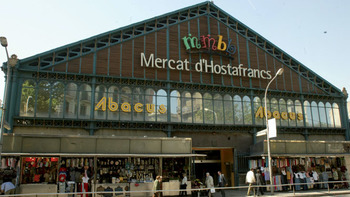
The Hostafrancs Market, originally two drops of water similar to the Concepcio Market, was built in 1888 by the architect Rovira i Trias.
It is a historic building with an iron structure typical of the era.
Located very close to Montjuic Hill, the market serves as a centre of commerce and communication and is important to the locals.
Created to serve the workers of the industrial district, it has retained its architecture despite the renovations.
Tradition, friendliness and human interaction are noticeably valued here, making it a special place amidst the hustle and bustle of the city.


 English
English  Español
Español  Русский
Русский